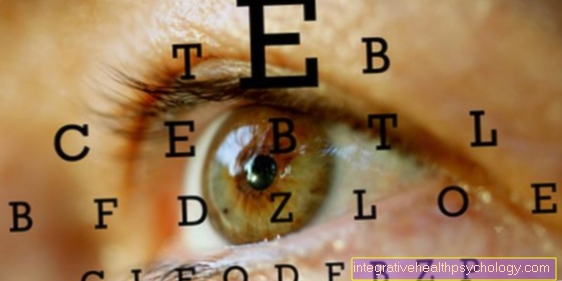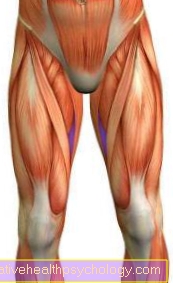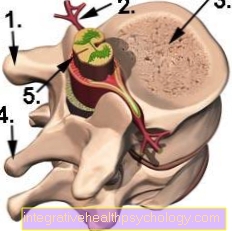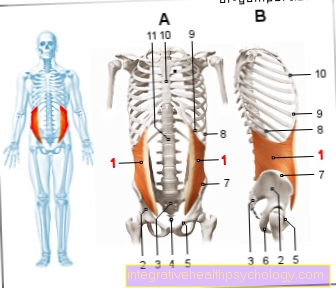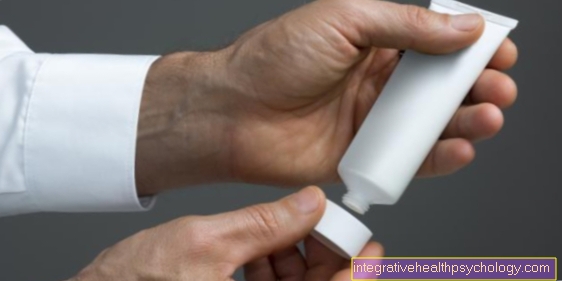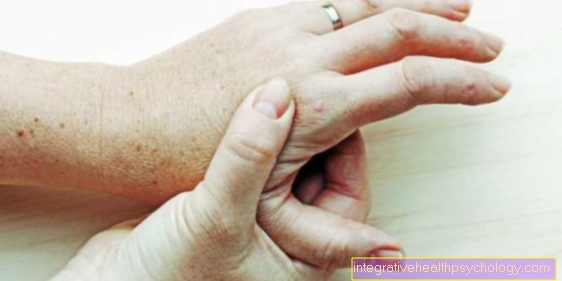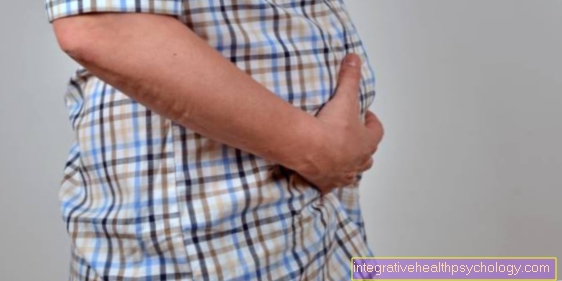Professional teeth cleaning: how often is it necessary?
introduction
Even with patients who try hardest and invest a lot of time every day in properly performed oral hygiene, food residues and plaque deposits can remain on the tooth surface. This problem exists above all in hard-to-reach places to which the bristles of the toothbrush cannot or can only insufficiently.
Even with the regular use of dental floss and interdental brushes (Interdental brushes) it is not always possible to completely remove all deposits.

How often should one go to the PZR?
The general rule is that professional teeth cleaning should be done once or twice a year. For patients with very good oral hygiene and little tartar formation, it is sufficient to go to the PZR once a year. Then, however, half a year later, tartar should be removed again at the normal check-up appointment.
It is different with patients who suffer from previous illnesses. If the tooth-supporting apparatus is or was damaged, three to four PZRs are often attached per year so that the tooth and gum bed remain healthy and the disease cannot progress.
The dentist will also order more than two PZRs per year for patients who are manually restricted in their oral hygiene.
How often should you go to the PZR if you have a dental implant?
Basically, you should pay attention to thorough oral hygiene with an implant to avoid inflammation in this area.
If the patient thoroughly cleans the entire oral cavity and attaches great importance to the care of his implant, one or two professional tooth cleanings per year are sufficient. Patients are often afraid of scratches on the implant as a result of the treatment. This is unfounded, as the instruments used are specially made for use on implants so that they do not cause any damage.
How often do the health insurers pay the PZR?
Professional teeth cleaning is not a cash benefit, but a private service.
- Private health insurances fully reimburse the costs of the treatment. They pay for two to four professional tooth cleanings per year without any problems. If more frequent treatments are necessary, you should inquire about reimbursement before beginning. A medical justification for the increased number of treatments can be certified by the dentist.
- Statutory health insurance companies reimburse the costs in part or, for example, once a year, depending on the fund. Sometimes certain requirements have to be met. It is best to get information directly from the health insurance company.
What are the risks of professional teeth cleaning?
Professional teeth cleaning is one of the most important preventive treatments for avoiding dental and oral diseases. Nevertheless, bacteria are released into the oral cavity during the procedure, which can get into the bloodstream through small injuries in the gums (e.g. cracks).This represents a risk of infection, especially in patients with a weakened immune system. Therefore, professional teeth cleaning should only be carried out as often as necessary. Immunocompromised Patient or patient with artificial heart valves are shielded one hour before antibiotic treatment.
What can you imagine under a PZR?
Regular participation in a prophylaxis program is important in order to improve tooth brushing and adapt it to the individual conditions within the oral cavity of the individual patient.
In the course of the individual appointments, the tooth surfaces are stained with special staining solutions or tablets, thus making plaque visible. Most coloring agents are not only able to show deposits and solid tartar, but can also be used by a specific coloring behavior between fresh (less than 48 hours) and older (older than 48 hours) Distinguish between coverings.
An individual oral hygiene concept tailored to the patient is then designed in order to maintain the health of the teeth and gums.
Visit our main page on the topic: Procedure for professional teeth cleaning
Both the duration and the frequency of the treatment depend heavily on the situation of the patient's teeth.
On the one hand, the pavement situation (how many tooth deposits remain on the tooth surface despite brushing) must be taken into account when determining the cleaning intervals. On the other hand, the special risk of disease with regard to tooth decay and inflammation in the area of the periodontal structures (periodontitis) plays a decisive role in every patient.
In addition, it must also be ensured that the transformation of soft coverings (Plaque deposits) in hard tartar, lasts differently in each patient. So in order to prevent the occurrence of tartar, which can sink below the gumline and lead to tissue damage, it must be decided again after each session how long you can wait until the next professional tooth cleaning.
In those patients who already suffer from inflammatory processes in the area of the gums (inflammation of the gums) or other structures of the periodontium and therefore have deep gum pockets, the teeth cleaning must be repeated at comparatively shorter intervals.
In addition, general diseases such as diabetes mellitus should also be included in the decision on how often professional teeth cleaning is useful or even necessary. Patients who have to take medication regularly or who are in life situations with a high stress factor can in many cases be severely impaired in their oral health despite careful cleaning.
In such cases, too, it makes sense to shorten the intervals between the PZRs. Taking all these factors into account, the dentist must develop a risk-based treatment plan that is individually tailored to the individual patient.
If there is a visible improvement in oral hygiene, the intervals between professional tooth cleaning can also be extended. On average, however, a healthy adult can assume that professional tooth cleaning every six months has a positive influence on oral health.

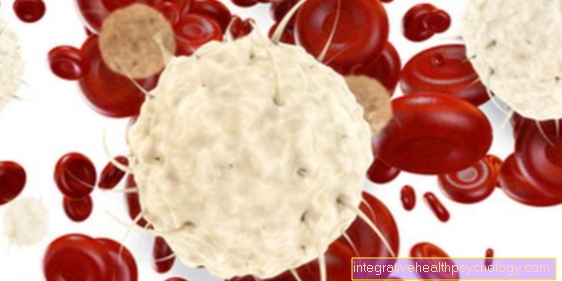
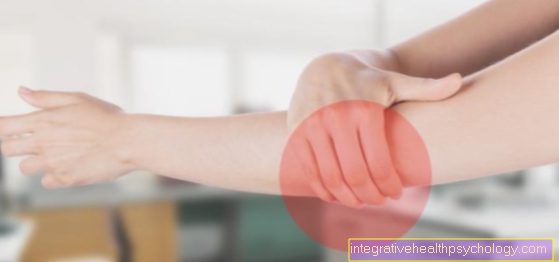

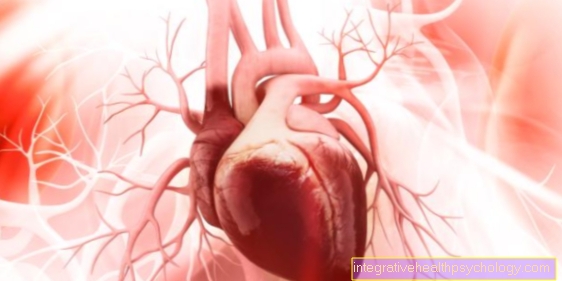
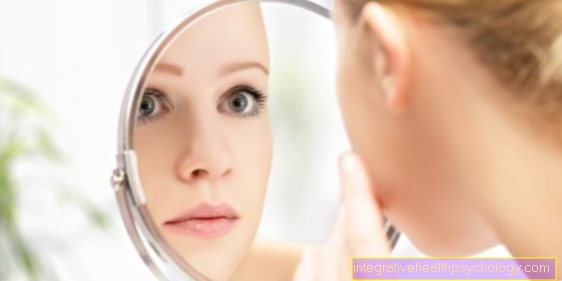
.jpg)

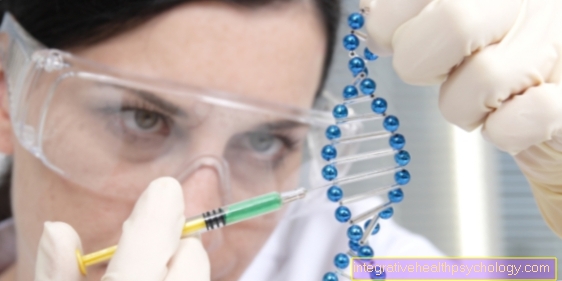

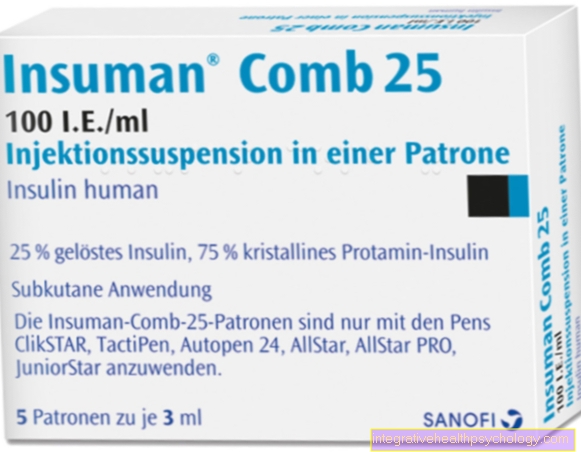
-buschmcke.jpg)



